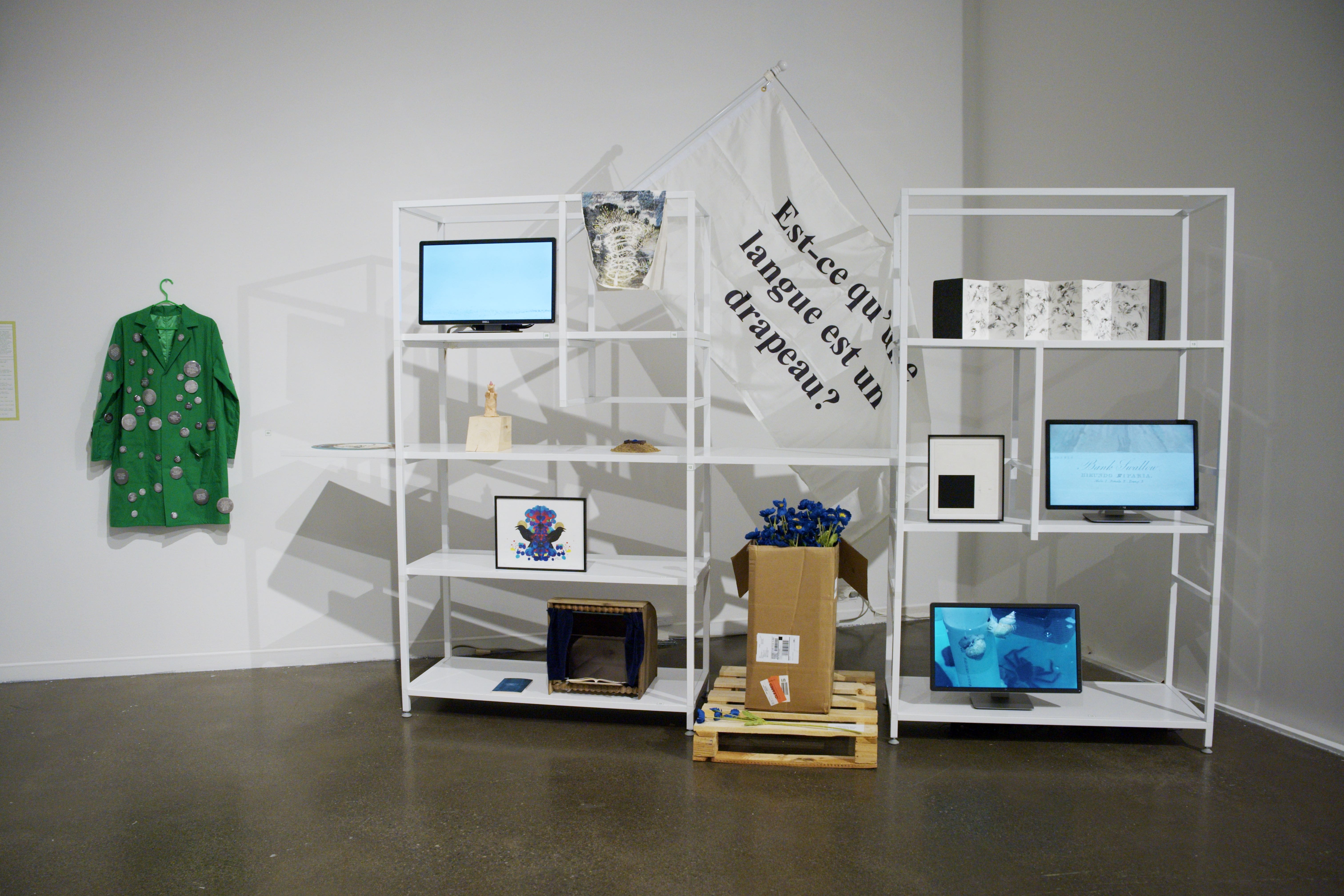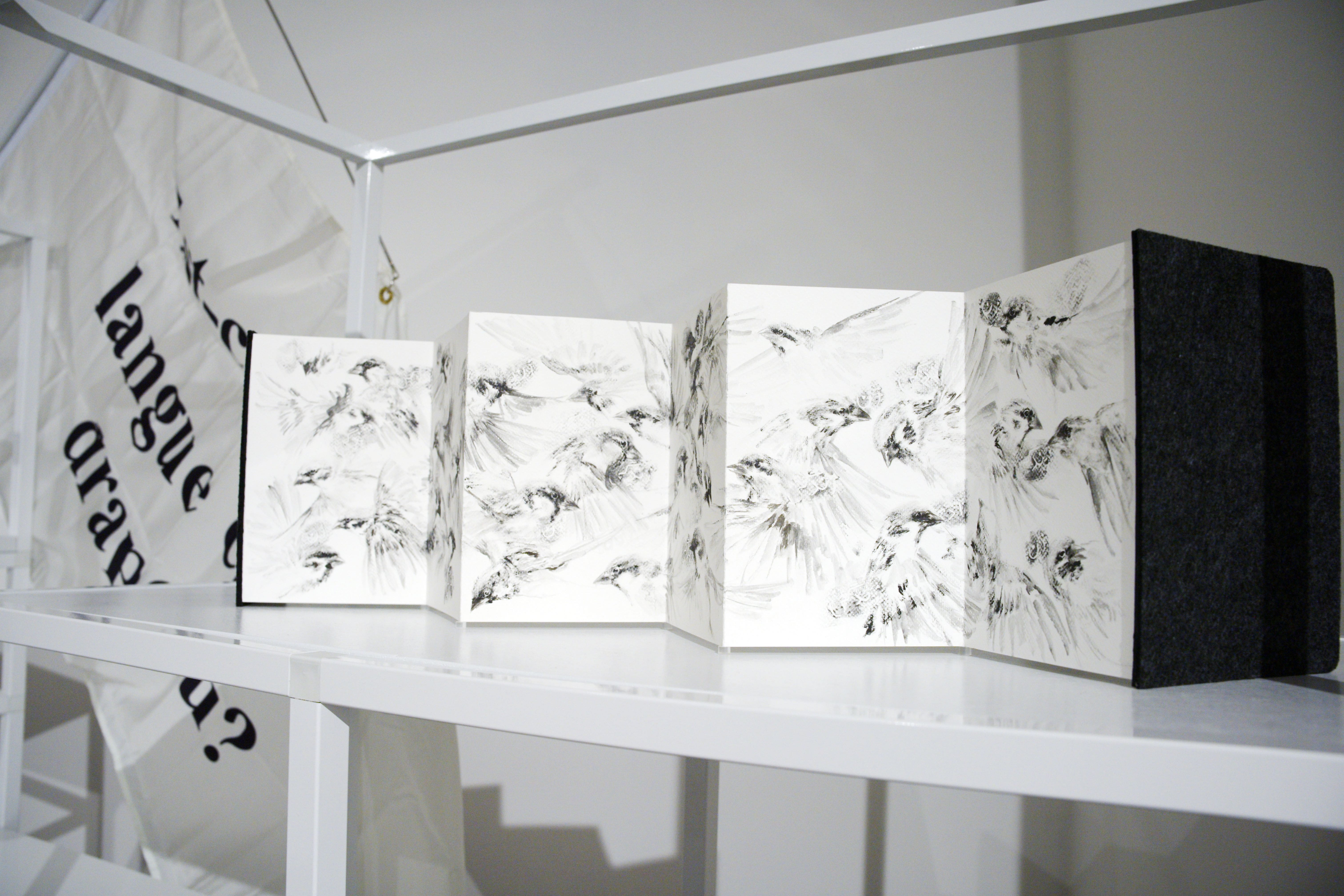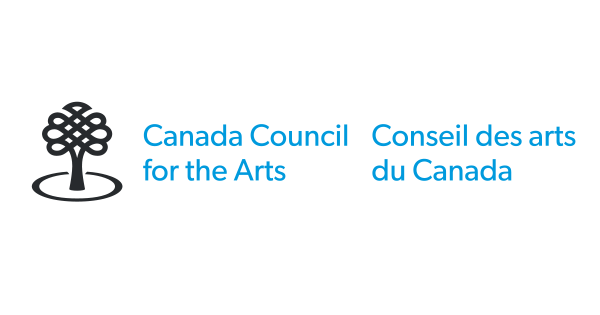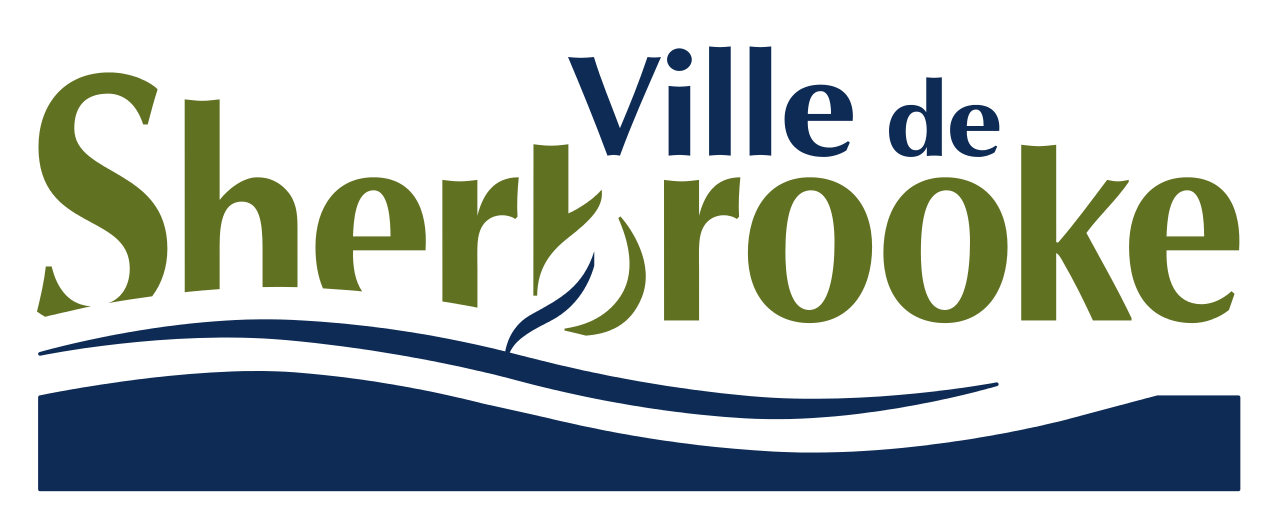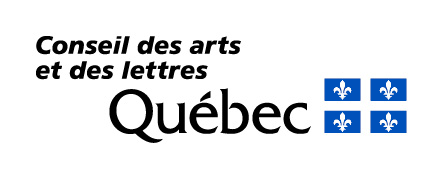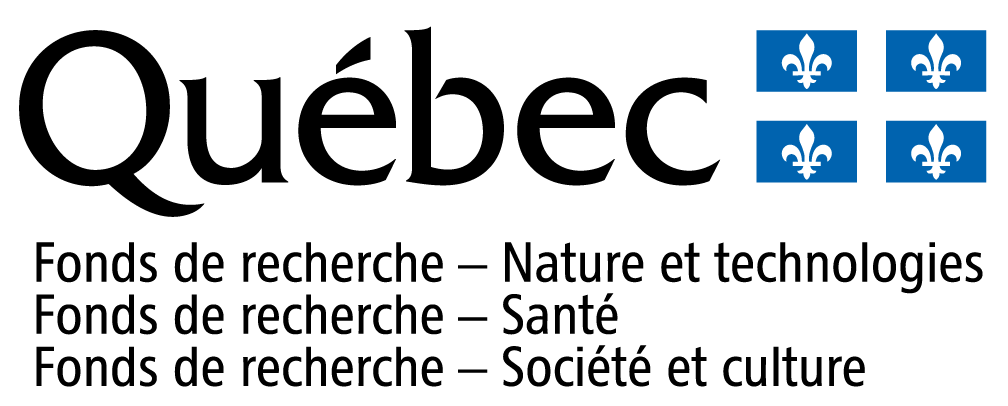SOCIAL CURRENTS
Faux plis par hypothèses
October 18 – December 14, 2024
Artists
Anna Binta Diallo, Sophie Jodoin, Eruoma Awashish & Mélanie Myers
Also: Geneviève Chevalier, Club de prospection figurée, Caroline Fillion, Maryse Goudreau, Richard Ibghy & Marilou Lemmens, Emmanuelle Léonard, Kosisochukwu Nnebe, Anahita Norouzi & Leila Zelli
Curators
Louise Déry & Marie-Hélène Leblanc
Overview
As of October 18, Foreman Art Gallery will present Faux plis par hypothèses, a group exhibition curated by Louise Déry, Director of Galerie de l’UQAM, and Marie-Hélène Leblanc, Director of Galerie UQO. The project, supported by the Chief Scientist of Quebec, Rémi Quirion, examines the role of the university gallery in reflecting on the relationship between art and science. The thirteen artistic bodies of work selected by the curators are presented in five exhibition and research centres in Quebec: Galerie de l’UQAM, Galerie UQO (Université du Québec en Outaouais), Galerie l’Œuvre de l’Autre (Université du Québec à Chicoutimi), Reford Gardens, and Foreman Art Gallery (Bishop’s University). As part of Faux plis par hypothèses, Foreman Art Gallery presents works by Anna Binta Diallo, Sophie Jodoin, Eruoma Awashish, and Mélanie Myers, as well as an apparatus displaying interventions by all the artists participating in the project.
The exhibition
Faux plis par hypothèses reflects the aspirations of two university gallery curators and directors interested in expressing how a university gallery engages in crucial issues that often concern several research sectors: questions of languages and identities, terrestrials and territories, structures and institutions. The university gallery is precisely the place where daring and promising initiatives, which develop at the intersection of artistic and scientific knowledge, can dismantle preconceived ideas and allow for new research forms and perspectives to emerge with the common view of encountering contemporary art. Galerie de l’UQAM and Galerie UQO actively take part in breaking down the boundaries between disciplines by exhibiting works and inviting artists who invent productive links with scientific content. The conceptual framework of Faux plis par hypothèses is based on the notion of creases (faux plis), considered here metaphorically as biases that are sometimes imposed, sometimes acquired, and sometimes transmitted. Inevitably, though not exclusively, present in university contexts, these creases infiltrate research and creation. How can we identify, undo, and transform them? The approach of Faux plis par hypothèses also recognizes various types of expertise that are subject to countless vulnerabilities, particularly in terms of the hierarchization of knowledge and the intellectual freedom of artist or scientific researchers who furthermore are subject to an established bureaucratic amplitude, as most of the project’s collaborators can attest to. The curators explain: “At the same time as fruitful alliances, trans-sectoral intersections, and new pollinations between multiple fields of research proliferate, certain creases sneak in and sometimes become entrenched, requiring a form of subterfuge and possible resistance when it comes to confronting an understanding of science and art that is ever less smooth. While folds may conceal glimpses of things, creases reveal twists, manipulations, and discrepancies that tend to upset and mistreat reality. From pleated crumples and twisted ebbs comes a desire to be vigilant and in a state of alert, an inclination to look more closely at something, and an obligation to pay attention.”
Artists
Anna Binta Diallo is an artist originally from Dakar who grew up in Saint-Boniface. Through painting, video, drawing, and collage, she addresses the question of identity as an unstable ground that constantly needs to be probed. The biases that slip into our relationship with the self and the other as well as contradictory cultural heritages challenge and feed her thinking. She lives in Winnipeg.
Driven by a growing interest in the articulations of language in its relationship to the image, Sophie Jodoin questions manifestations of femininity, intimacy, loss, and absence in relationship to the body: how to evoke, embody, represent, and write the body as a lived, inhabited, experienced space? These personal and collective considerations underlie her hybrid and installational work, which combines drawing, collage, writing, photography, found objects, books, and video. She lives and works in Montreal.
Eruoma Awashish is an Atikamekw artist and curator from the Opitciwan community, in Haute-Mauricie. In recent years, her research has focused on the hybridity of Indigenous cultures who have known how to adapt despite colonization and attempts at assimilation. In her practice, she seeks to overturn the dominant/dominated relationship by shifting religious Catholic symbols and mixing them with those inherited from Indigenous spiritualities. She lives in Saint-Prime and works in Mashteuiatsh.
Mélanie Myers is an artist and sessional lecturer at Université du Québec en Outaouais (UQO). Her practice expands the plastic and interpretive possibilities of drawing to highlight our mediated relationships to landscapes and built environments. Focusing on everyday clichés and the inexhaustible online repositories of images, her work explores the peripheral vision of ordinary reality as well as the blind spots of Land Art. She lives in Gatineau.
Curators
Louise Déry is a museologist, curator, writer, and the director of Galerie de l’UQAM. She holds a PhD in art history (Laval University, 1991). Through almost a hundred exhibitions and as many publications, she has developed the concepts of the exposition chantier (exhibition worksite), the image manquante (missing image) and the œuvre s’exposant (artwork exposing itself). She is known for her support of female artists and emerging artists and for her drive to disseminate Canadian artists internationally. Originally from the Gaspé Peninsula, she lives in Montreal.
Holding a PhD in art studies and practices from UQAM (2024), Marie-Hélène Leblanc has been the director and curator of Galerie UQO of Université du Québec en Outaouais since 2015. Her curatorial practice has led her to produce over thirty projects in various exhibition spaces in Quebec, Canada, and Europe. Considering the exhibition as a medium, she defines herself as curator-exhibition maker-writer-practitioner-researcher. Originally from the Gaspé Peninsula, she lives in Gatineau.


![Mélanie Myers, Série Jardin de sept acres, 80 acres de forêt tropicale [Seven-acre Garden, Home to Thousands of Perennials], 2024, dimensions variables.](https://foreman.ubishops.ca/wp-content/uploads/2024/11/A008_10151645_S0003.jpg)

![Mélanie Myers, Série Jardin de sept acres, 80 acres de forêt tropicale [Seven-acre Garden, Home to Thousands of Perennials], 2024, dimensions variables.](https://foreman.ubishops.ca/wp-content/uploads/2024/11/A008_10151651_S0027.jpg)

